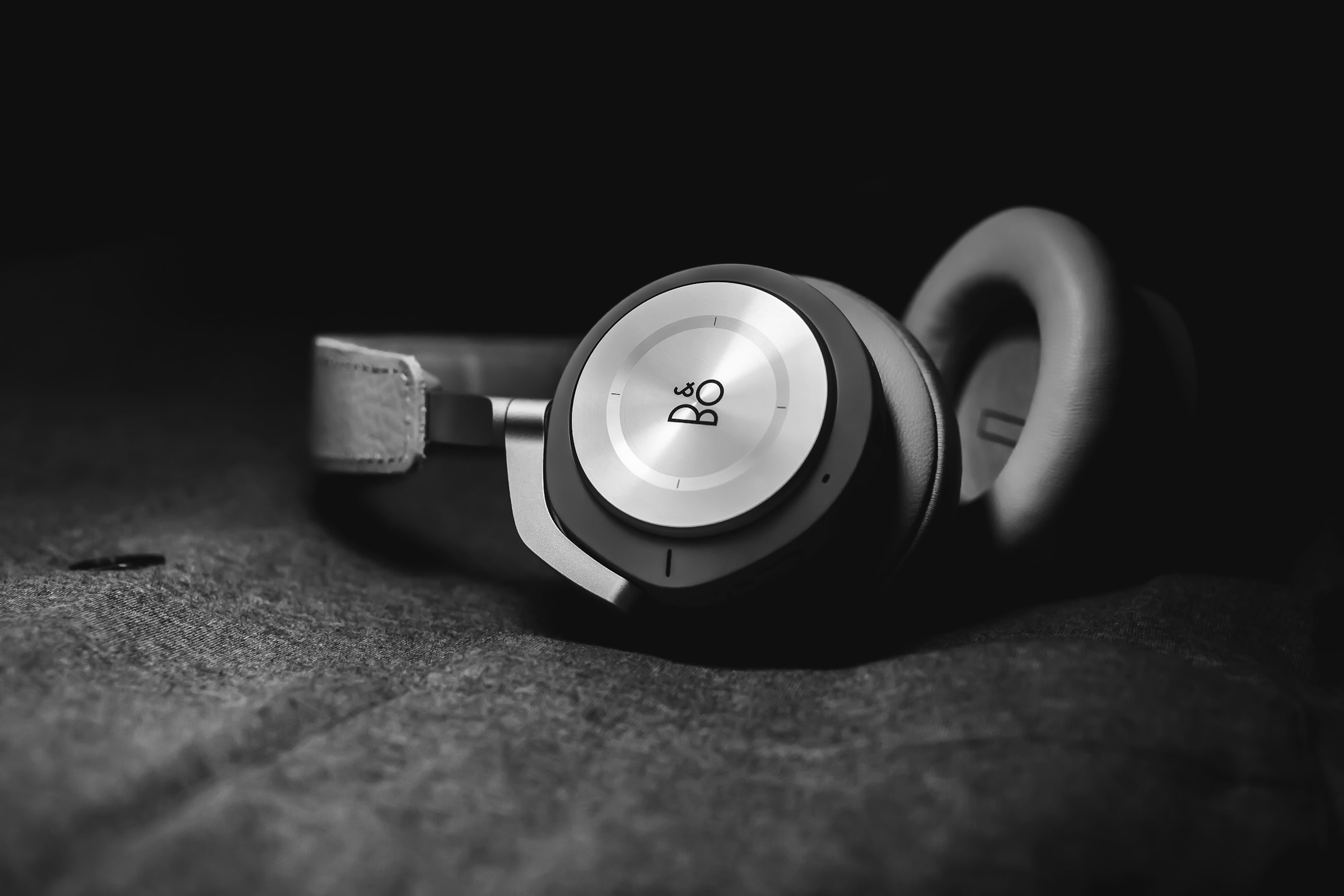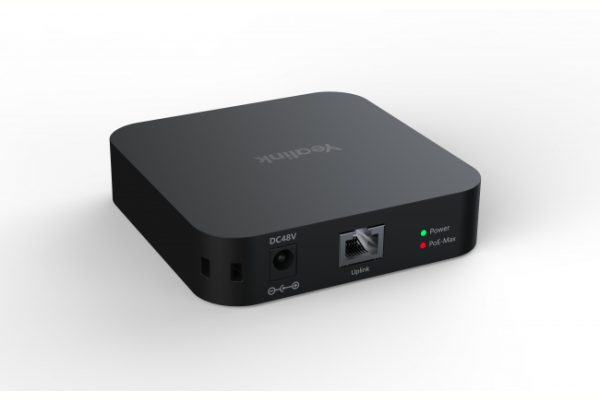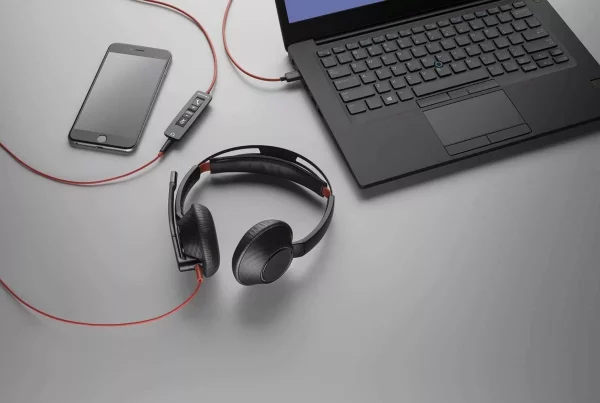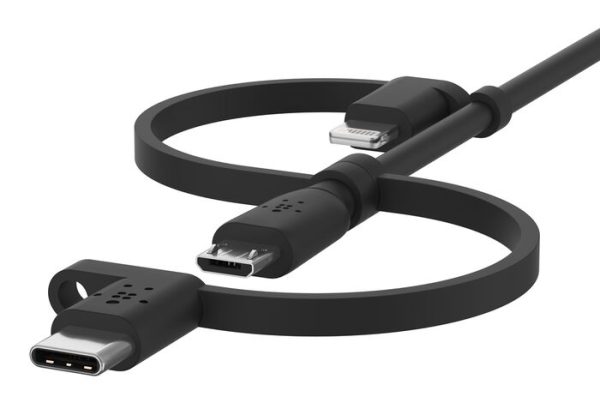Introduction
Wireless headsets have become indispensable companions in our daily lives, offering the convenience of mobility without compromising on audio quality. Whether you’re commuting, exercising, or working from home, these devices provide seamless connectivity and freedom from tangled wires. This article dives deep into the reasons why wireless headsets are shaping the future of audio technology.
Bluetooth Technology Explained
Bluetooth is the backbone of wireless connectivity in headsets, enabling seamless pairing with smartphones, tablets, and computers. This technology ensures stable audio transmission over short distances, revolutionizing how we consume audio content. Here’s a concise explanation of how audio is transmitted via Bluetooth in wireless headsets:
Pairing and Connection: Devices pair and establish a Bluetooth connection, enabling audio transmission.
Bluetooth Profiles: The Advanced Audio Distribution Profile (A2DP) is used for streaming audio from the source device to the headset.
Audio Encoding: Audio signals are encoded and compressed using codecs like SBC or AAC for efficient transmission.
Transmission: Digital audio data is transmitted wirelessly in packets over Bluetooth frequencies, hopping to avoid interference.
Decoding and Playback: The headset decodes the audio packets, converts them to analog, and plays them through speakers or earphones.
Quality and Latency: Audio quality and latency depend on Bluetooth version, codec, and headset design, improving with newer technologies.
Control and Features: Control signals (play, pause, etc.) and microphone input for calls or voice commands are supported via Bluetooth profiles like AVRCP and HFP.
Types of Wireless Headsets
- Over-Ear Headsets: Large ear cups that fully cover the ears, providing excellent sound quality and noise isolation.
- On-Ear Headsets: Smaller ear cups that sit on the ears, offering a balance between comfort and portability.
- In-Ear Headsets: Compact and lightweight, fitting directly into the ear canal, ideal for active use and portability.
- True Wireless Earbuds: Completely wire-free, with separate left and right buds, offering maximum convenience and mobility.
- Neckband Headsets: Connected by a flexible neckband, combining the benefits of wireless freedom with secure wearability.
- Bone Conduction Headsets: Transmit sound through the bones of the skull, leaving the ears open for environmental awareness, often used for outdoor activities.
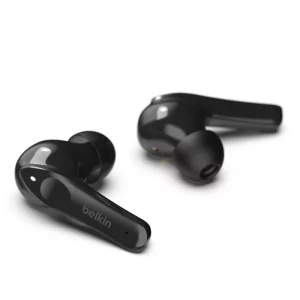
Advantages of Wireless Headsets
- Wireless Convenience: Say goodbye to tangled cords and enjoy the freedom of movement with wireless headsets.
- Improved Mobility: Move around freely while staying connected to your devices, enhancing your multitasking capabilities.
- Enhanced Comfort: Ergonomically designed, wireless headsets are lightweight and comfortable for extended wear.
- Advanced Features: Incorporating noise-canceling technology, voice assistants, and touch controls, wireless headsets offer a futuristic audio experience.
Noise-Canceling Technology
Active Noise Cancellation (ANC)
Active Noise Cancellation (ANC) technology in headphones and earphones works by using external and internal microphones to detect ambient noise. It then generates anti-noise sound waves that are the opposite of the detected noise, effectively canceling it out before it reaches the listener’s ears. This allows users to enjoy clearer audio and reduce background noise in noisy environments like airplanes or offices. ANC can improve listening comfort by minimizing the need to increase volume levels, thereby reducing listener fatigue.
While it excels at canceling continuous, low-frequency noises, its effectiveness can vary between models and may not eliminate sudden, sharp sounds. Overall, ANC enhances the listening experience by providing a quieter environment for focused audio enjoyment. This youtube video from The Wall Street Journal delves into the technology behind noise cancellation headphones.
Passive Noise Isolation
Passive noise isolation, also known as passive noise cancellation or noise isolation, refers to the ability of headphones or earphones to block out external noise passively, without the use of electronic components. This is achieved through the physical design and materials of the headphones, which create a barrier between the ear and the surrounding environment. In-ear headphones achieve passive noise isolation by creating a tight seal in the ear canal with silicone or foam ear tips, which physically block out external noise.
Over-ear headphones use cushioned ear cups that press against the sides of the head, creating a barrier that reduces the amount of ambient noise that can reach the ears. The effectiveness of passive noise isolation depends on the quality of the seal and the design of the headphones, with better seals generally providing greater isolation from external sounds. Unlike active noise cancellation, passive noise isolation does not require power and is always active as long as the headphones are worn correctly, making it a reliable solution for reducing ambient noise in various environments.
Wireless Headsets for Gaming
Gaming headsets with low latency wireless technology offer immersive audio and clear communication, enhancing the gaming experience. One major drawback of wireless gaming headsets is potential latency issues. Wireless transmission introduces a slight delay between the audio signal being sent from the gaming console or PC to when it is received and played through the headset. While advancements in wireless technology have reduced latency compared to older models, it remains a consideration for serious gamers who prioritize responsiveness and real-time audio feedback.

Bluetooth Headsets for Work
Bluetooth headsets are essential tools for modern workplaces, offering wireless convenience and hands-free communication. These devices enable professionals to take calls and participate in virtual meetings without being tethered to their desks, enhancing mobility and multitasking capabilities. Equipped with noise-canceling features and long battery life, Bluetooth headsets ensure clear audio quality and prolonged use throughout the workday. Additionally, their compatibility with various devices, including smartphones, tablets, and computers, makes them versatile for different work environments and needs.
Future Trends in Wireless Audio
Future trends in wireless audio are poised to revolutionize how we experience sound. Advances in Bluetooth technology, such as:
- Advanced Bluetooth Technology: Improved audio quality, lower latency, and increased range with Bluetooth 5.3.
- True Wireless Stereo (TWS) Earbuds: More compact, enhanced noise-canceling, and longer battery life.
- Spatial Audio: More immersive, three-dimensional sound experiences.
- Artificial Intelligence Integration: Smarter devices that adapt sound profiles based on user preferences and environments.
- Sector Growth: Innovations in high-resolution audio streaming and connectivity for gaming, virtual reality, and home entertainment.
Choosing the Right Wireless Headset
Consider factors such as battery life, comfort, audio quality, and connectivity options when selecting a wireless headset that suits your lifestyle. Explore our collection of headsets ranging from Belkin Soundform True Wireless earbuds to Logitech Zone Wireless UC for casual users and blue collar workers respectively on Promallshop Online Tech Store.
Conclusion
As technology continues to evolve, wireless headsets are at the forefront of audio innovation. Offering unparalleled convenience, superior sound quality, and advanced features, they have cemented their place as the future of audio. Whether for work, leisure, or gaming, wireless headsets empower users to experience audio in a way that suits their lifestyle and enhances their daily activities. You ca also read on Top 8 Best Wireless Headset For Every Occasion to aid when making a choice.
FAQs
Wireless headsets generally come at a higher price point due to advanced technology and features. However, prices vary based on brand and functionality.
Noise-canceling headphones use microphones to detect ambient noise and generate anti-noise frequencies to cancel it out, enhancing audio clarity.
Some wireless headsets support multipoint connectivity, allowing them to connect to two devices simultaneously, such as a smartphone and a laptop.
Yes, wireless earbuds are designed to be sweat-resistant and secure, making them ideal for workouts and outdoor activities.
Battery life varies by model and usage, with high-end headsets offering up to 20+ hours of playback on a single charge.


